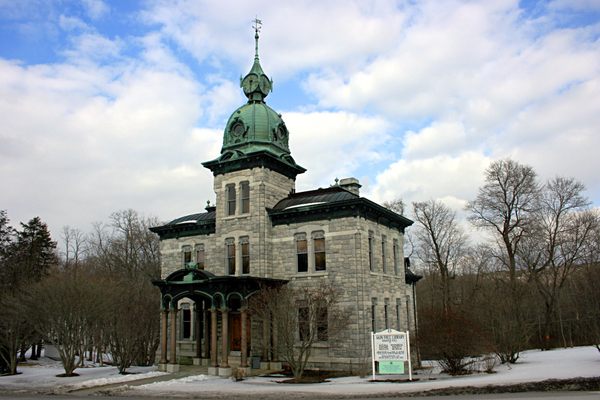About
Thomas Mann once said, "if you are possessed by an idea, you find it expressed everywhere, you even smell it," and surely the fragrance designers behind the Osmotheque's perfume collection would agree.
The museum was founded in 1990 by "world renowned noses" such as Jean Kerleo and Patricia de Nicolai. Its name, "Osmotheque" derives from the Greek "osmo" (smell) and "theke" (a storehouse). Accordingly, the museum holds a compendium of existing, rare, and forgotten perfumes that visitors, both professional or simply curious amateurs, can luxuriate in. The museum also tries to find and revive old classical perfumes that would otherwise be left behind by the juggernaut of contemporary perfumes.
In conjunction with ISIPA, a graduate school for perfumers, cosmeticians, and flavor scientists, the Osmotheque houses relics of the art and industry of perfume. The Osmothèque preserves exhibits of interest to fragrance buffs, including relics of animal perfumes (behind glass), cabinets of raw materials and bottles from the turn of the twentieth century, and an underground vault, kept at exactly 12º C, containing discontinued historic fragrances.
The head spaces of these historic bottles are filled with pure argon, a chemically inert noble gas, to prevent the oxidation of the samples. These are part of the patrimony of classic perfumes, and may be used to rediscover and recreate scents whose once-secret formulas, long since lost, can be reconstructed through analysis of these surviving examples.
In addition to samples of scents, the museum preserves ancient documents relating to the composition and manufacture of perfume. The oldest of these is a description of a perfume made for the King of Parthia in ancient Asia Minor. The document was written in the first century, by Pliny the Elder (23-79 CE), a Roman historian.
Related Tags
Published
September 27, 2010



















